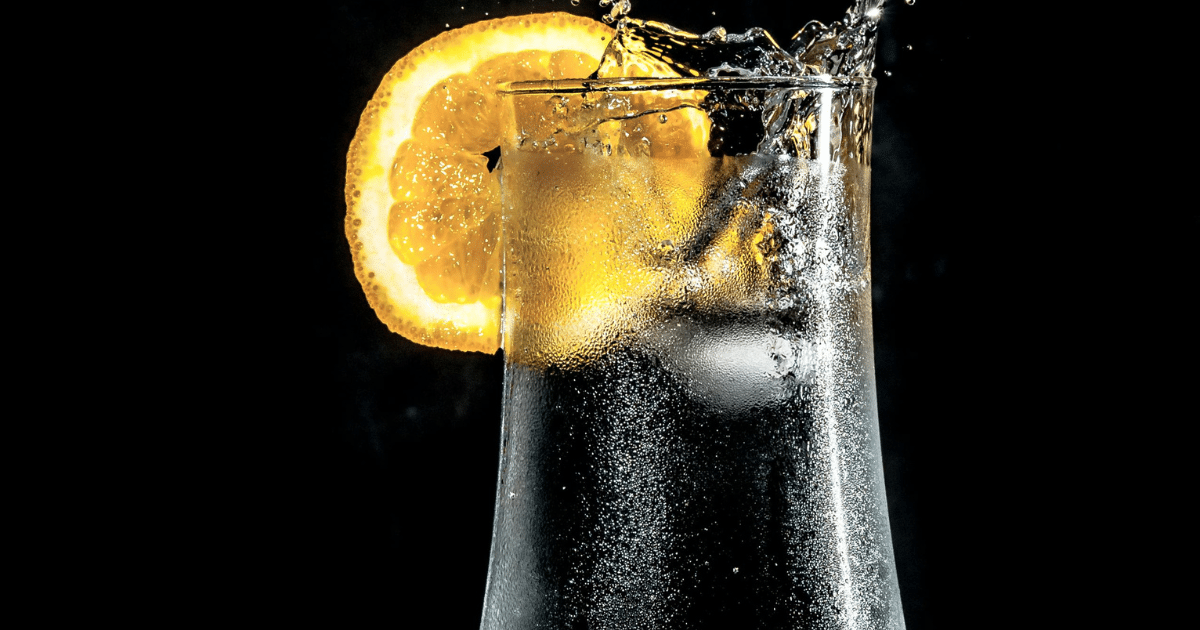Alcohol addiction continues to affect millions across the U.S., with nearly 29.5 million people aged 12 and older struggling with alcohol use disorder in 2022 alone. As treatment approaches evolve, aversion therapy for alcohol remains a compelling behavioral method that uses aversive stimuli and negative reinforcement to disrupt the cycle of alcohol dependence. By creating a conditioned response between alcohol and discomfort, aversion therapy aims to reduce cravings and support long-term addiction recovery.
This article explores how aversion therapy fits into the broader landscape of substance abuse treatment, its effectiveness, techniques used, and whether it’s the right fit for individuals seeking change.
Aversion Therapy and Alcohol Dependence
Aversion therapy is some form of behavioural therapy that assists those who are involved in harmful habits and behaviours to overcome them by making the negative behaviour uncomfortable or unpleasant. In the context of alcohol dependence, the treatment will have the purpose of substituting the positive emotions that may be linked with alcohol intake, and this will be done through the substitution where safety emotions will be turned into negative emotions like discomfort, nausea, or distress.
Alcohol dependence is an unpleasant and recurrent condition that alters the biochemistry of the brain and reward systems, meaning that an individual cannot quit drinking without the assistance of a well-designed program. The principle of using aversion therapy for alcohol is based on the effect of negative reinforcement and the conditioned response to stop a person from using alcohol again and help him change his behavior permanently.
Essential aspects of aversion therapy against alcohol are:
- Use of aversive stimuli (such as nausea-inducing medications or unpleasant smells) during or after alcohol exposure
- Creating conditioned responses where alcohol triggers discomfort instead of reward
- Behavioral reinforcement techniques to discourage relapse and reinforce sobriety
- Structured sessions with trained clinicians who monitor safety and psychological response
- Integration into a broader treatment plan that may include counseling, group therapy, or detox
Aversive Stimuli in Alcohol Addiction Treatment
Aversion therapy is the use of aversive stimuli, which bring on discomfort when alcohol is consumed and dislodges the brain’s association with rewards. Instead, those stimuli are administered meticulously in a controlled medical environment to elicit a conditioned response, i.e., deter future drinking.
Applied in cases of treating alcohol addiction, aversive techniques are adjusted according to a person and checked by a specialist, who makes sure that they are not dangerous and effective.
Types of Aversive stimuli commonly used in therapy are as outlined in the table below:
| Type of Aversive Stimulus | Description |
| Emetic Medications (e.g., Antabuse) | Causes nausea, vomiting, or headaches when alcohol is consumed |
| Olfactory Aversion | Involves unpleasant smells associated with alcohol to induce adverse reactions |
| Electric Aversion (less common) | Delivers mild electric shocks during exposure to alcohol-related cues |
| Imagery-Based Reinforcement | Uses guided visualization of negative consequences to reduce cravings |
| Taste Aversion Techniques | Involves bitter or unpleasant substances to reduce the desire for alcohol |
Role of Negative Reinforcement in Aversion Therapy
Negative reinforcement is crucial to the foundations of aversion therapy. Unlike punishment, which adds an aversive outcome to an already bad act, negative reinforcement removes an undesired outcome when an act is evaded. In aversion therapy, the very negative feeling (e.g., nausea or distress) is related to alcohol consumption. Therefore, by not taking alcohol, the possibility of a negative feeling is eliminated.
This treatment method reconditioned the brain into believing that the drinking of alcohol is not a pleasurable thing but an unpleasant activity. With time, the person will be sober because of avoiding the instant adverse effects of the aversive stimulus and not because of the external reinforcements like health or social factors.
In practice, negative reinforcement of alcohol aversion can be explained in the following ways:
- Establishing a clear connection between drinking and discomfort
- Making sobriety feel like a relief, not just an obligation
- Supporting behavior change through learned emotional or physical consequences
- Reducing the perceived reward or “benefit” of alcohol consumption
- Encouraging long-term abstinence by shifting motivation from craving to avoidance
Developing a Conditioned Response Against Alcohol
At the center of aversion therapy is the purpose of forming a conditioned reaction, a learned emotive or physical behavior that would disincentivize further drinking. This can be explained by classical conditioning, when a neutral stimulus (alcohol) is paired with an unpleasant experience (developing nausea, disliking it, feeling uncomfortable), and this association rules out recurring exposures.
Such a reaction then turns into a habitual one. The brain helps the person to understand alcohol not as a reliever or a reward, but to avoid it. The closer the aversive pairing, the more robust the conditioned response, thus helping to dull the cravings, as well as to get rid of habits and achieve long-term sobriety.

Among the most critical points of the formation of a conditioned response are the following:
- Repeated exposure to aversive stimuli while alcohol is present
- Emotional reinforcement (disgust, fear, or guilt) paired with alcohol cues
- Gradual weakening of the brain’s reward system’s response to alcohol
- Strengthening of avoidance behaviors through repetition and reinforcement
- Long-term resistance to triggers due to rewired associations
Behavioral Therapy as a Supportive Tool
While aversion therapy modifies behavior by conditioning a negative response to alcohol, behavioral therapy focuses on the thoughts, patterns, and habits that contribute to alcohol use. The use of techniques such as cognitive behavioral therapy (CBT) and dialectical behavior therapy (DBT) usually serves to make people more aware of the triggers, enable them to acquire skills in emotional regulation, and become more effective in their coping patterns.
Behavioral therapy also aids in reinforcing gains that occur during aversion therapy by:
- Identifying and restructuring unhelpful thought patterns
- Teaching coping skills to manage stress, cravings, or emotional distress
- Promoting accountability and personal insight
- Strengthening relapse prevention strategies
- Creating long-term behavioral change beyond conditioned responses
Integrating Aversion Therapy in Substance Abuse Treatment
It has been shown that the best results with aversion therapy can be achieved when it is not considered as a solitary treatment but as part of a general substance abuse treatment. Although they are aimed at the physical and psychological connection with alcohol, the long-term recovery still needs support in the emotional, behavioral, and social aspects.

Aversion therapy is often integrated alongside:
- Detox services to ensure safe withdrawal and initial stabilization
- Cognitive Behavioral Therapy (CBT) for managing thought patterns and triggers
- Motivational interviewing to enhance readiness for change
- Medication-assisted treatment (MAT), when appropriate, for co-occurring issues
- Group and family therapy for relational support and community healing
Break Free from Alcohol Dependence at Silicon Valley Recovery
Recovery is possible, and you don’t have to walk the path alone. At Silicon Valley Recovery, we offer evidence-based treatment solutions, including aversion therapy, to help individuals reclaim their lives from alcohol dependence. Our team of compassionate professionals will work with you to build a personalized plan that supports both short-term detox and long-term behavioral change.
Take the first step toward freedom. Contact us today for confidential support and guidance.
FAQs
What is aversion therapy for alcohol, and how does it work?
Aversion treatment is a behavioral therapy that involves presentation of an adverse stimulus in a bid to form a negative attitude towards alcohol consumption. Long term, this will curb the urge and deter the act of drinking, with pain taking the place of pleasure.
Can aversion therapy effectively treat alcohol addiction?
Aversion therapy is most effective when integrated into a comprehensive substance abuse treatment plan. It aids in reprogramming the brain to react to alcohol and is effective in long-term sobriety when used with other forms of therapy.
What are the standard methods used in aversion therapy for alcohol dependence?
Standard techniques are emetic drugs (such as Antabuse), unpleasant flavourings or odours, guided imagery of undesirable effects, and sometimes mild electric aversion. The point of these approaches is the development of powerful deterrence against alcohol.
How does aversion therapy fit into a comprehensive alcohol addiction treatment plan?
Aversion therapy complements other treatments like counseling, behavioral therapy, detox services, and relapse prevention. It addresses the behavioral response to alcohol, while other therapies support emotional and psychological healing.
What are the potential benefits and drawbacks of using aversion therapy for alcohol recovery?
Benefits include rapid reduction in cravings and a clear behavioral deterrent to drinking. However, drawbacks may include discomfort during treatment and the need for close clinical supervision. It is most effective when combined with holistic care.


